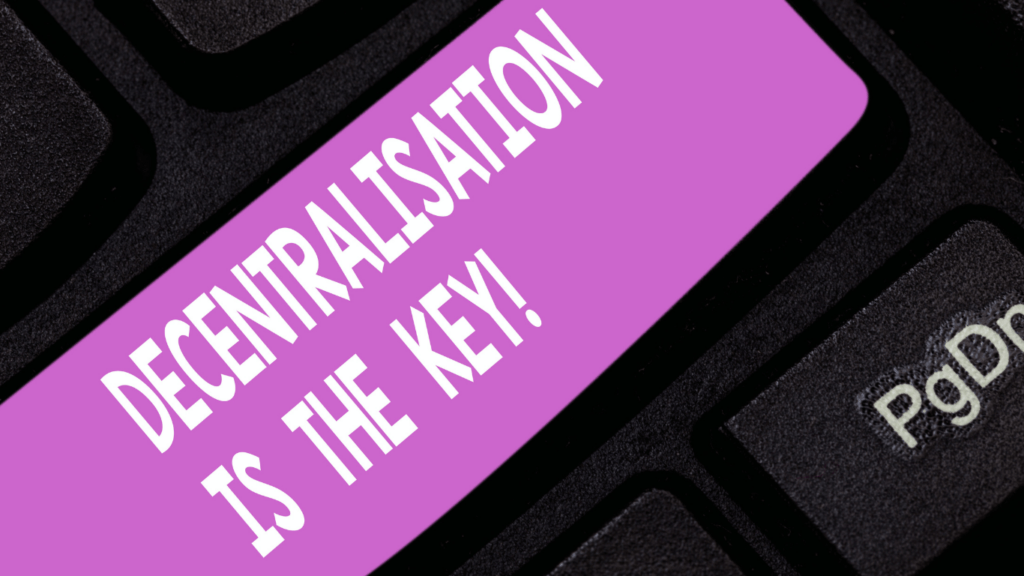Blockchain technology has revolutionized industries, but its environmental impact has raised serious concerns. With energy-intensive processes and massive carbon footprints, traditional blockchain systems often clash with the growing urgency for sustainability. It’s clear we need a better way forward.
Understanding Green Blockchain
Green blockchain refers to frameworks and protocols designed to minimize environmental impact while maintaining the benefits of blockchain technology. Traditional blockchains, particularly those using proof-of-work (PoW) consensus mechanisms, often consume vast amounts of energy. In contrast, green blockchain incorporates energy-efficient mechanisms to reduce carbon emissions.
Several energy-saving methods are central to green blockchain. Proof-of-stake (PoS) replaces energy-intensive mining with a system where validators are chosen based on their stake in the network. The PoS mechanism not only reduces energy demands but also enhances scalability. For example, Ethereum transitioned to PoS in September 2022, reducing its energy consumption by approximately 99.95%, as reported by the Ethereum Foundation.
Another approach includes integrating renewable energy sources in blockchain operations. Some networks power their nodes using solar, wind, or hydropower. For instance, Chia Network minimizes its energy use by employing a proof-of-space-and-time consensus mechanism, which utilizes available storage capacity instead of computational power.
Blockchain projects also adopt carbon offset programs to balance out the emissions they produce. Projects such as Algorand achieve carbon neutrality by offsetting emissions through verified carbon credits, ensuring a net-zero impact.
The rise of green blockchain demonstrates that environmental sustainability and technological innovation aren’t mutually exclusive. By implementing energy-efficient protocols and renewable resources, blockchain technology can evolve without detriment to the planet.
The Importance Of Eco-Friendly Protocols
Eco-friendly protocols are critical for addressing the environmental challenges associated with blockchain systems. They ensure technology advances without compromising sustainability goals.
Environmental Concerns Of Traditional Blockchain
Traditional blockchains, like those using proof-of-work (PoW), consume vast amounts of energy. Bitcoin mining alone uses approximately 127 TWh annually, comparable to the total energy consumption of countries like Norway. This energy use generates significant carbon emissions. For example, Bitcoin’s carbon footprint is estimated to exceed 56 million tons of CO2 per year. These statistics highlight how outdated consensus mechanisms can harm environmental sustainability.
The emissions associated with PoW stem from global mining operations relying on fossil fuel-powered electricity. These practices not only deplete natural resources but also worsen climate change. Without interventions, the environmental effects of traditional blockchains will escalate as adoption increases.
The Role Of Blockchain In A Sustainable Future
Blockchain can contribute to sustainability when protocols minimize carbon footprints. Green blockchains mitigate environmental harm through energy-efficient mechanisms, renewable energy integration, and carbon offsetting. For instance, Cardano uses PoS consensus for lower energy costs, while Algorand operates as a carbon-negative blockchain by investing in offset initiatives.
Eco-friendly blockchains also support environmental initiatives. Some networks store and verify carbon credit transactions, ensuring transparent tracking. By enabling these applications, blockchain shifts from being a high-energy system to a tool for advancing ecological goals. As these protocols evolve, they exemplify how innovation fosters a sustainable technological landscape.
Key Features Of Green Blockchain Technologies

Green blockchain technologies offer innovative solutions to reduce energy consumption and promote sustainability. They focus on designing frameworks that prioritize eco-friendly operations while retaining the integrity of blockchain systems.
Energy-Efficient Consensus Mechanisms
Energy-efficient consensus mechanisms are central to green blockchain technologies. Unlike proof-of-work (PoW) systems, which require substantial computational power, methods like proof-of-stake (PoS) drastically reduce energy usage. Ethereum’s recent shift to PoS decreased its energy consumption by approximately 99.95%. Similarly, delegated proof-of-stake (DPoS), employed by projects like EOS, enhances efficiency by limiting the number of validators, minimizing power requirements. These mechanisms enable blockchains to achieve high security and decentralization without excessive energy consumption.
Renewable Energy Integration
Renewable energy integration reinforces the environmental focus of sustainable blockchain systems. Some green blockchain projects actively power their operations using renewable sources like:
- solar
- wind
- hydroelectric energy
Algorand, for example, collaborates with ClimateTrade to offset emissions and achieves its carbon-negative status by leveraging renewable resources. By incorporating sustainable energy inputs, these blockchains align with global efforts to reduce greenhouse gas emissions and combat climate change.
Examples Of Eco-Friendly Blockchain Projects
Green blockchains are paving the way for a sustainable future by prioritizing energy efficiency and integrating eco-conscious strategies. Several projects demonstrate how innovative solutions align with environmental goals.
Leading Green Blockchain Initiatives
- Algorand: Operates as a carbon-negative blockchain. It uses a pure proof-of-stake (PoS) consensus mechanism, which consumes minimal energy. Algorand collaborates with ClimateTrade to offset its small carbon footprint, ensuring sustainability.
- Tezos: Implements an energy-efficient PoS mechanism, requiring significantly less power than traditional proof-of-work (PoW) systems. Tezos has also supported NFT marketplaces focusing on eco-friendly minting processes.
- Solana: Combines a proof-of-history (PoH) mechanism with PoS to enhance energy efficiency. Solana Foundation regularly releases reports to track its energy use and sustainability efforts.
Case Studies Of Effective Implementation
- Ethereum’s Transition To PoS: Recent upgrades reduced Ethereum’s energy use by about 99.95%. This shift highlights how mainstream blockchains can adopt green alternatives without compromising scalability or functionality.
- Cardano and Forest Restoration Projects: Cardano’s PoS network maintains low energy costs while supporting global environmental initiatives. For example, its ecosystem backs reforestation programs by enabling transparent carbon credit tracking.
- Ripple And Renewable Energy: Ripple collaborates with sustainability-focused organizations to integrate renewable energy sources into its operational framework. Its commitment to achieving carbon neutrality showcases blockchain’s potential for sustainable innovation.
Challenges And Limitations Of Green Blockchain
Green blockchain presents significant advancements for sustainability but faces notable constraints that hinder its broader implementation. These challenges affect technological development, adoption, and scalability, which are critical to its success.
Technological Hurdles
Creating green blockchain involves overcoming technical complexities to balance energy efficiency with operational performance. Consensus mechanisms like proof-of-stake (PoS) or delegated proof-of-stake (DPoS) reduce energy consumption but sometimes sacrifice decentralization. For example, PoS-based networks may concentrate validator power among entities with higher token holdings, raising concerns about fairness and security.
Integrating renewable energy into blockchain infrastructure also poses challenges. Ensuring uninterrupted operations requires consistent energy supply, which isn’t guaranteed with sources like solar or wind due to variability. Additionally, developing carbon offset systems that accurately measure and compensate emissions demands advanced tracking technologies, which are still maturing.
Adoption And Scalability Issues
The adoption of green blockchain faces resistance due to high implementation costs and technological unfamiliarity. Transitioning traditional blockchain systems to energy-efficient protocols often requires substantial time, resources, and expertise, discouraging smaller organizations from participating. For instance, Ethereum’s shift to PoS demonstrated significant cost and effort despite its eventual success.
Scalability remains a critical constraint, especially for large-scale blockchain networks. Eco-friendly protocols must handle growing user demands without compromising efficiency. However, many green blockchains struggle with limitations in transaction speed and volume. Solana, while energy-efficient, has faced multiple outages, illustrating the trade-offs between performance optimization and stability.


 Blockchain Tech Contributor
Blockchain Tech Contributor

